Engineers with NASA’s Psyche mission have developed a solution to address the decrease in fuel pressure they detected recently in the spacecraft’s propulsion system
NASA’s Psyche Spacecraft Using Backup Fuel Line


Engineers with NASA’s Psyche mission have developed a solution to address the decrease in fuel pressure they detected recently in the spacecraft’s propulsion system
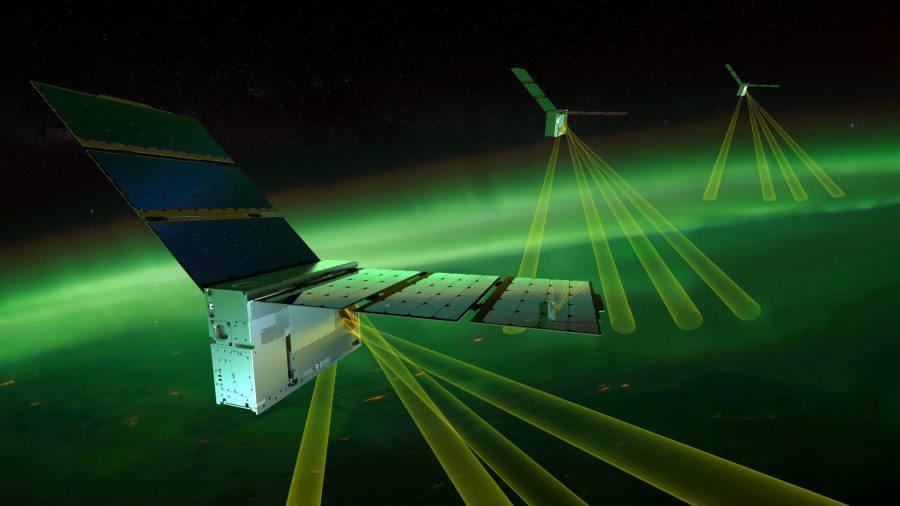
NASA’s EZIE (Electrojet Zeeman Imaging Explorer) mission is cleared to begin its 16-month-long science mission after team members collected “first light” measurements and completed initial checkouts to ensure the satellites are healthy and operating normally after deployment into space. The mission lifted off from Vandenberg Space Force Base in California aboard a SpaceX Falcon 9 […]
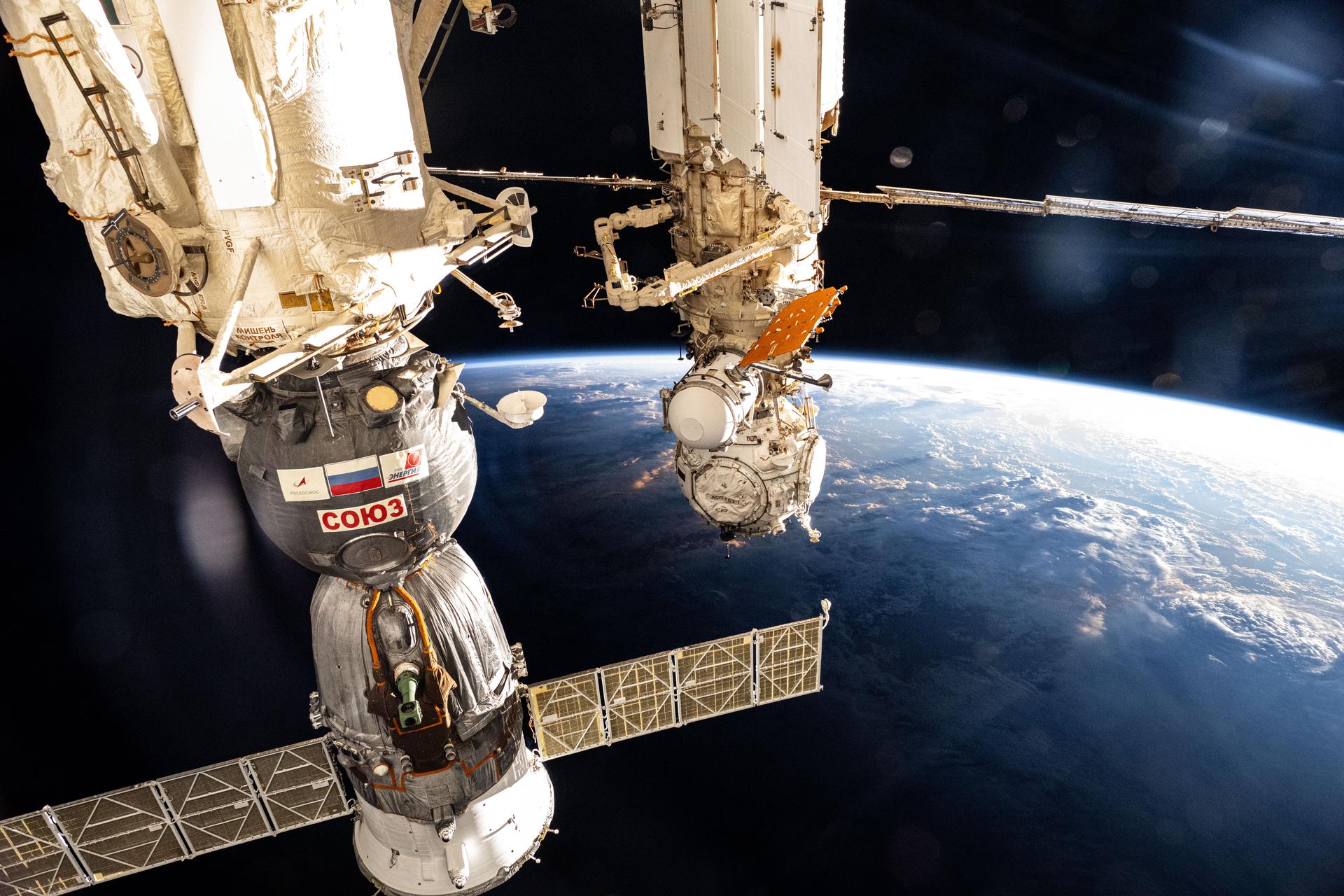
Biomedical research topped the science schedule aboard the International Space Station on Tuesday helping doctors understand how weightlessness affects the cardiovascular and immunity systems. The Expedition 73 crew members also continued their Earth observation studies, robotic inspections duties, and advanced life support maintenance.
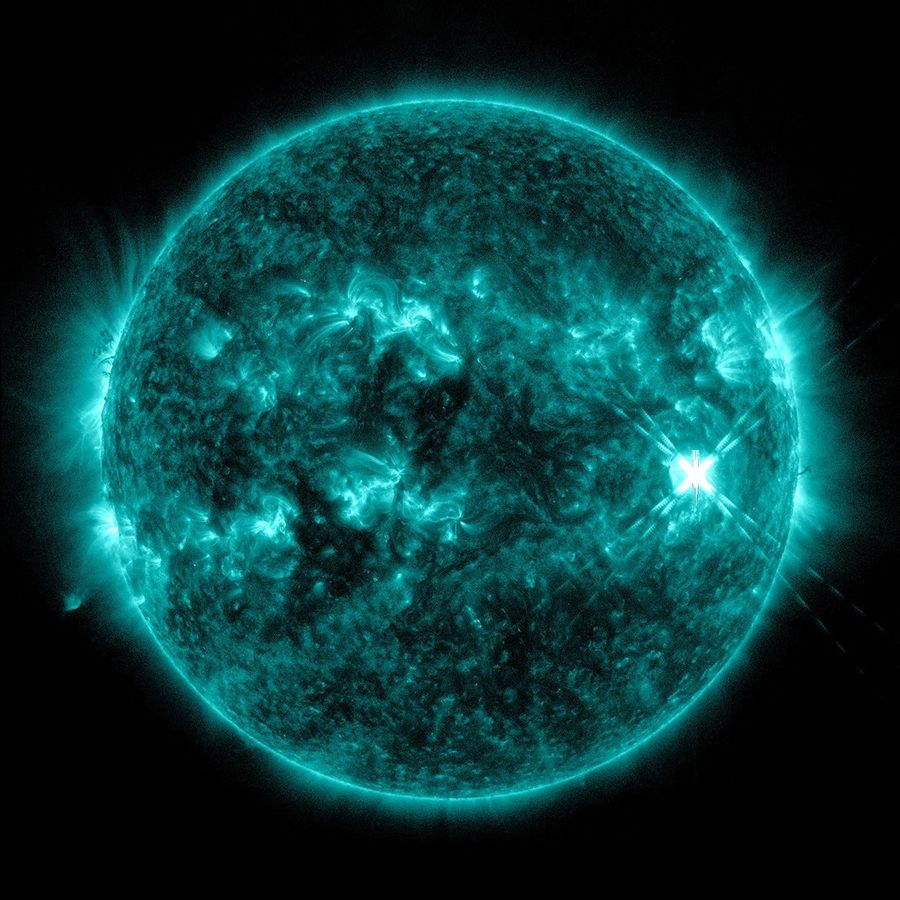
The Sun emitted a strong flare, peaking at 9:52 p.m. ET on Saturday, May 24. NASA’s Solar Dynamics Observatory, which watches the Sun constantly, captured an image of the event. Solar flares are powerful bursts of energy. Flares and solar eruptions can impact radio communications, electric power grids, navigation signals, and pose risks to spacecraft […]
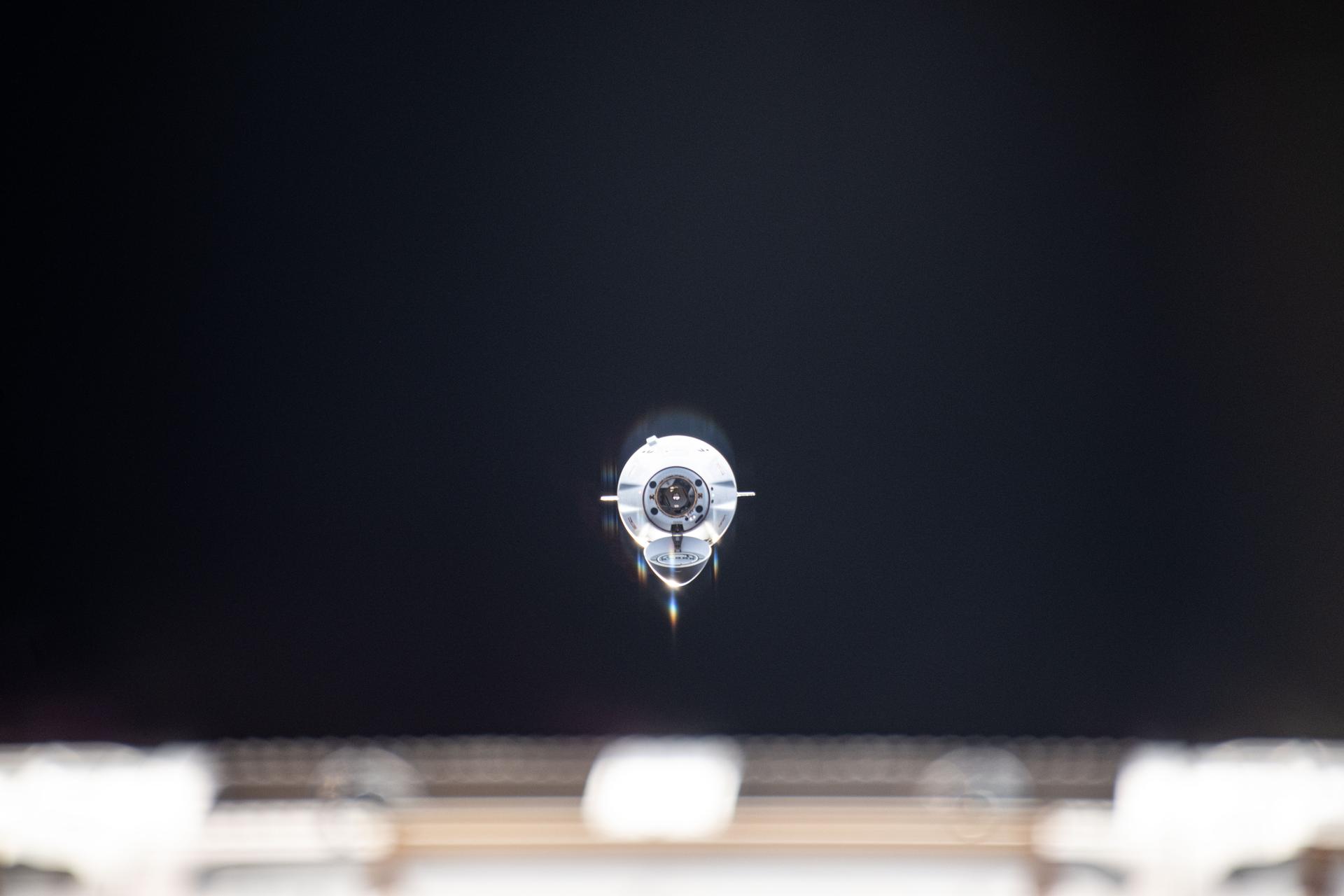
At 1:44 a.m. EDT, the unpiloted SpaceX Dragon spacecraft splashed down off the coast of California, marking the return of the company’s 32nd commercial resupply services mission to the International Space Station for NASA.
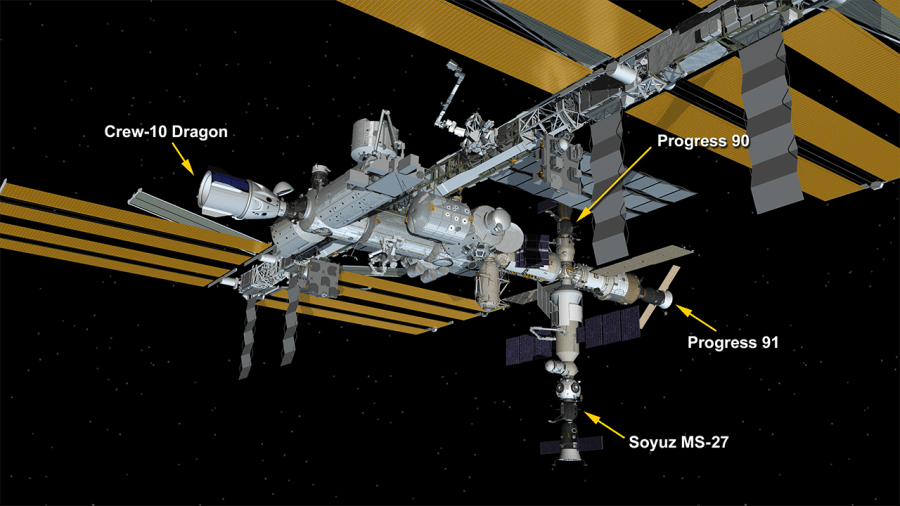
At 12:05 p.m. EDT, the unpiloted SpaceX Dragon spacecraft undocked from the zenith, or space-facing, port of the International Space Station’s Harmony module following a command from ground controllers at SpaceX.
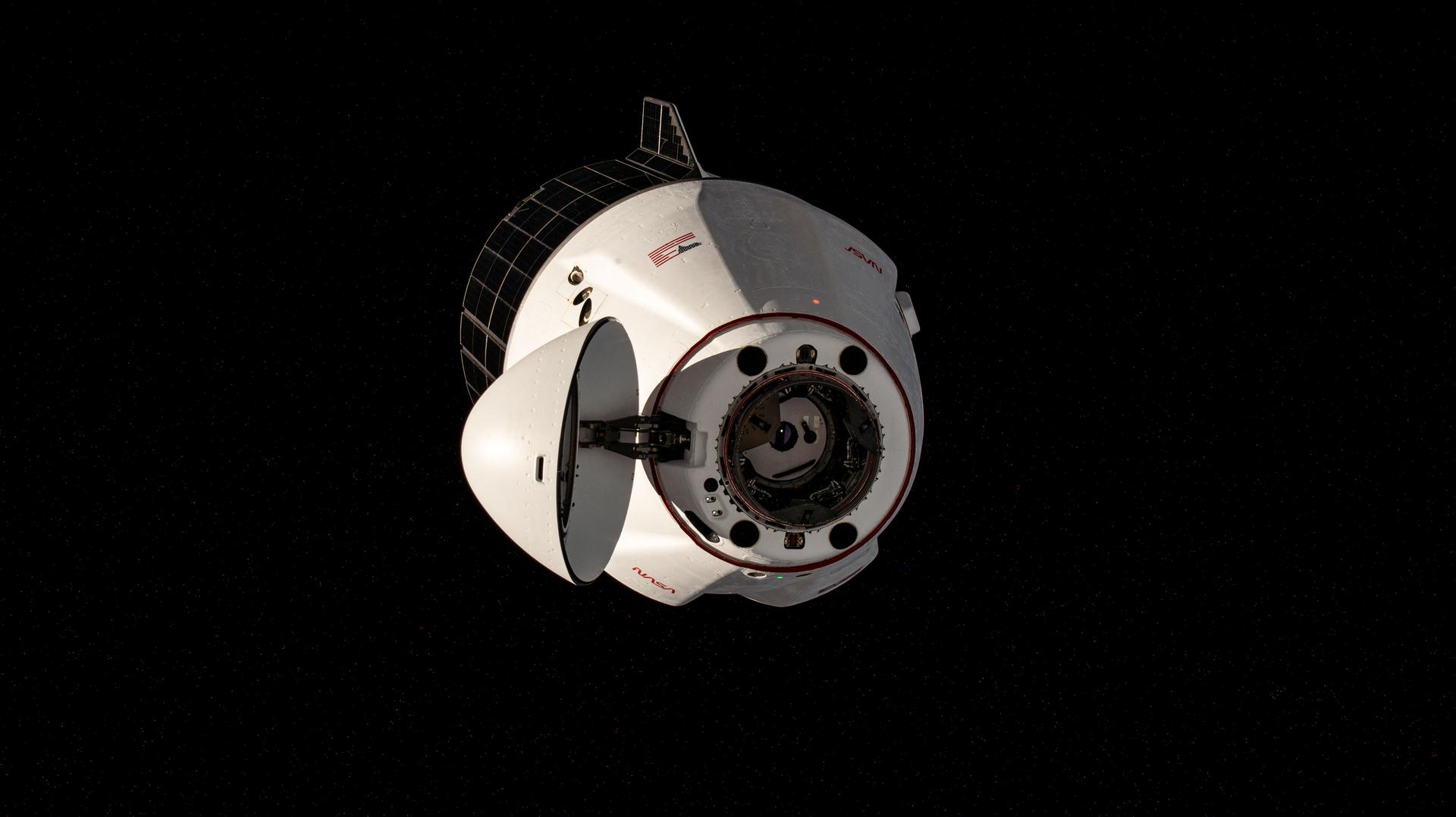
NASA’s live coverage of undocking and departure of the agency’s SpaceX 32nd commercial resupply services mission is underway on NASA+. Learn how to watch NASA content through a variety of platforms.
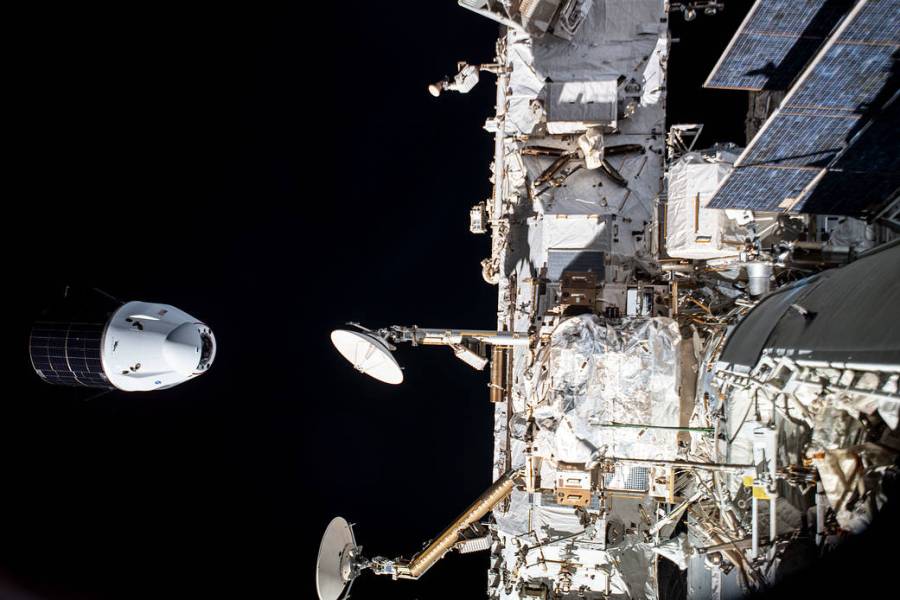
NASA and SpaceX now are targeting 12:05 p.m. EDT Friday, May 23, for the undocking of company’s 32nd commercial resupply services mission from the International Space Station. Live coverage of Dragon spacecraft undocking and departure begins at 11:45 a.m. on NASA+. Mission teams will continue to review weather conditions off the coast of California ahead of Dragon's departure from the orbital complex.
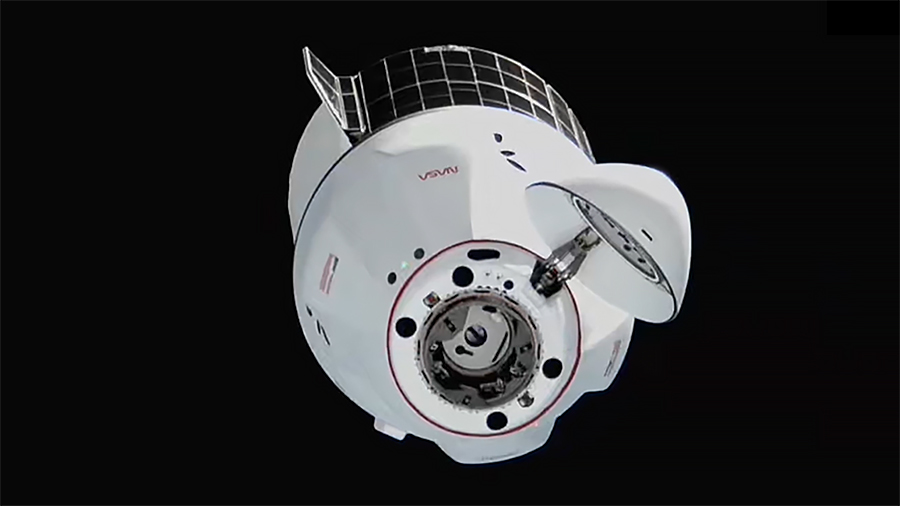
The SpaceX Dragon cargo spacecraft will wait one more day before departing the International Space Station as mission managers monitor weather conditions at its splashdown site off the coast of California. Meanwhile, the Expedition 73 crew eased its cargo loading activities and focused on ongoing microgravity research to improve health on and off the Earth.

On May 9, NASA’s MUSE (Multi-slit Solar Explorer) mission passed its mission-level critical design review (CDR), a major milestone for the mission’s journey toward launch in 2027. MUSE will capture high-resolution images and spectral data of the Sun’s hot, dynamic atmosphere — the corona — to better understand our Sun and space weather.